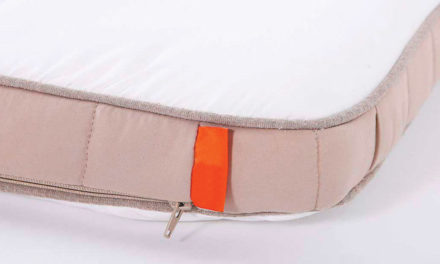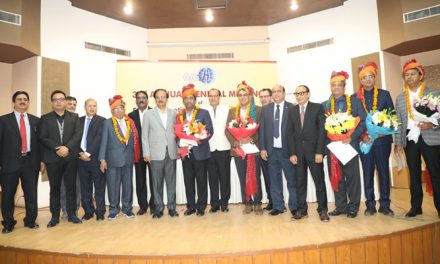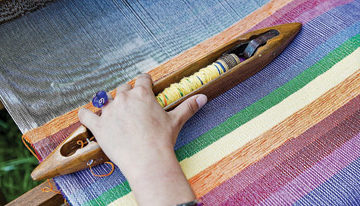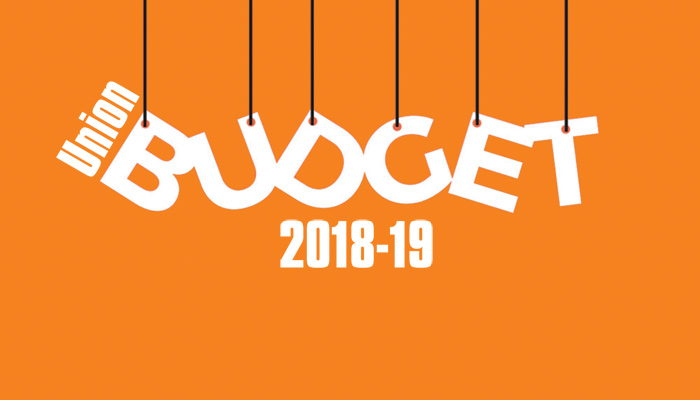The Central Bank of Nigeria (CBN) has predicted that Cotton, Textile and Garment (CTG) sector will create more than two mn jobs and reduce $4 bn import bill incurred on textile yearly. Godwin Emefiele, Governor of the CBN, said in Abuja on Thursday at the meeting with the Service Chiefs and stakeholders from CTG industries on the drive to revive the sector. He explained that the sector also had the capacity to transform Nigeria’s rural economy and revive the textile and garment industries by improving internal revenue across the three tiers of government. He said by achieving that, it would safeguard and earn foreign exchange and ultimately accelerate industrial development by making Nigeria a global player in the textile and apparel sectors.
This event, he explained symbolised commitment to attain self-sufficiency in cotton production, to serve the textile and garment segments of the value chain with quality input, as government targets zero importation by the year 2020. “I am pleased to inform you that I have been holding meetings with the Cotton, Textile and Garment (CTG) sector stakeholders toward reviving Nigeria’s textile sector,” he said.
He said that the huge potential in the sector had been analysed and the challenges identified and action was being taken to grow, develop and present quick wins to revive the sector. “The CTG sector is, however, faced with some systemic challenges which has hampered and diminished its role as the leading employer of labour, thereby preventing its contribution to Nigeria’s GDP.
“In the 1970’s and early 1980’s, Nigeria was home to Africa’s largest textile industry, with over 180 textile mills in operation, which employed close to over 450,000 people and contributing over 25 per cent of the workforce in the manufacturing sector. “Today, most of the factories have all stopped operations, as only 25 textile factories are operating today at below 20 per cent of their production capacities, and the workforce in Nigeria’s textile industry stands at less than 20,000 people,” he said.
The Central Bank Governor disclosed that their interaction with stakeholders revealed that MDAs had not made any significant order for uniforms or clothing materials from Nigerian textile manufacturers and garment companies. He added that governments’ efforts at resuscitating the textile industry would not be actualised if they were not supported through local patronage among other incentives.
“As a first step, we flagged-off the 2019 Wet Season Cotton Input Distribution to 150,000 farmers in Katsina, Katsina State on May 6th, 2019 under the Anchor Borrowers’ Programme. “These are cultivating over 180,000 hectares of cotton that will feed our ginneries and be used in the production of high quality textile for use by the armed forces and other uniformed service organisations.
“Production is also ongoing across 23 states of Nigeria with more to come onboard in the next planting season. We have also put in place necessary mechanisms to ensure use of high yielding varieties that will produce top quality fabrics and those that can compete in the international market,” he added.









